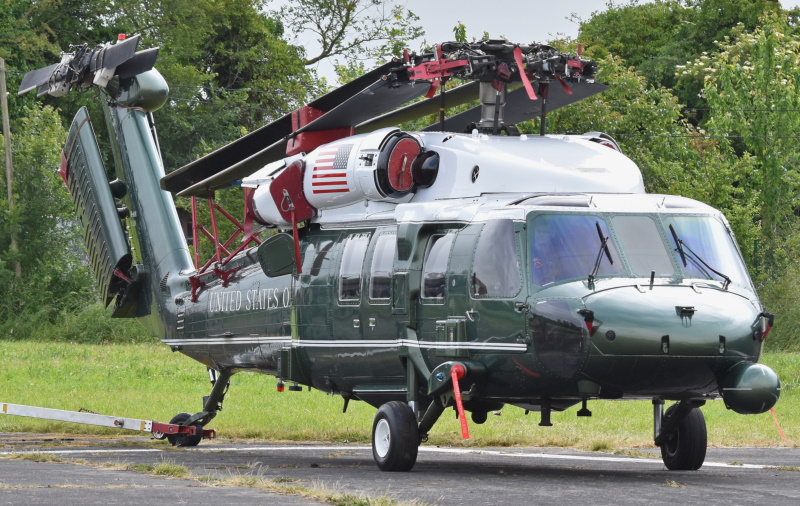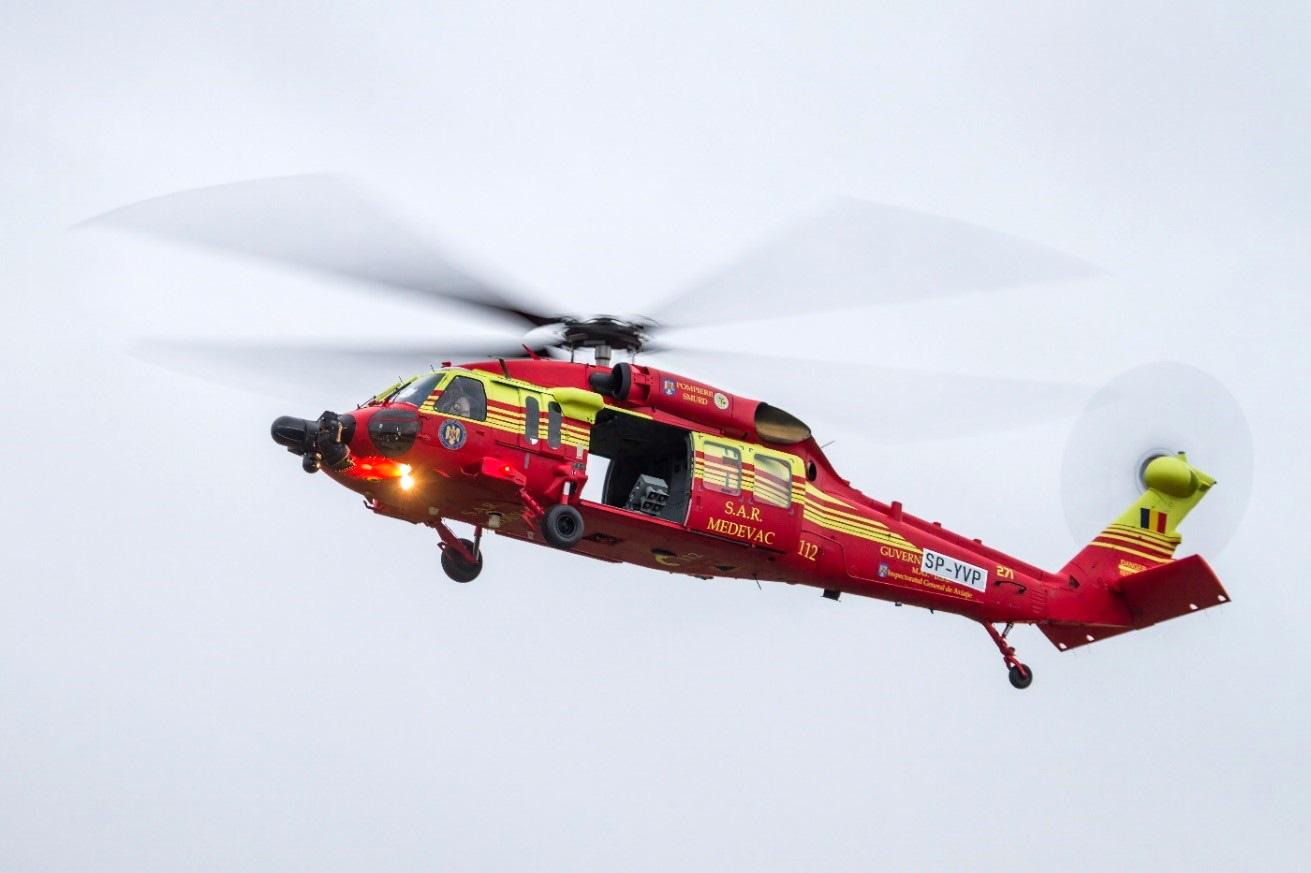Sikorsky S 70: Transforming Tactical Workflow with Cutting-Edge Modern Technology
Sikorsky S 70: Transforming Tactical Workflow with Cutting-Edge Modern Technology
Blog Article
Rotary-Wing Airplane Offering Superior Toughness and Precision Design
In the realm of air travel, rotary-wing aircraft have actually long been identified for their one-of-a-kind abilities in various functional environments. From military missions to private applications, the advancement of rotary-wing innovation has led the way for machines that offer unmatched longevity and precision design. Through improvements in materials and construction techniques, combined with innovative flight control systems, these aircraft have become important devices for jobs that require both toughness and accuracy. As we explore the intricate equilibrium in between innovation and integrity in rotary-wing airplane, it becomes noticeable that the convergence of cutting-edge technology and tried and tested layout concepts has actually established a brand-new criterion for efficiency and performance in the aerospace sector.
Development of Rotary-Wing Technology
Throughout the history of aeronautics, the development of rotary-wing modern technology has been a testament to constant innovation and innovation in aeronautical design. From the very early days of upright flight with primary styles to the sophisticated helicopters and other rotary-wing aircraft these days, the progression in this field has actually been amazing.
In the early 1900s, leaders like Igor Sikorsky and Juan de la Cierva made significant strides in rotary-wing innovation. Sikorsky's VS-300 helicopter, initial flown in 1939, marked a turning point in the growth of useful rotary-wing airplane. This success led the way for further advancements in upright flight capacities.

Today, rotary-wing aircraft play vital functions in different markets, consisting of military operations, emergency clinical solutions, police, and business transportation. The advancement of rotary-wing innovation remains to press the boundaries of what is feasible in upright flight, ensuring that these aircraft continue to be important assets in the air travel sector.
Materials and Building And Construction Innovations
Showing a blend of sophisticated products and specific construction techniques, rotary-wing aircraft have undertaken substantial innovations in resilience and performance. One of the key innovations in materials used for rotary-wing airplane is the raising application of composite products.
Moreover, the combination of sophisticated finishings and surface treatments has actually played an essential role in improving the toughness of rotary-wing aircraft. These coverings provide defense against corrosion, abrasion, and severe weather condition conditions, expanding the life-span of the aircraft and reducing upkeep requirements.
In regards to building innovations, additive production, likewise referred to as 3D printing, has actually revolutionized the manufacturing of complex parts for rotary-wing aircraft. This modern technology permits quick prototyping and personalization, leading to quicker development cycles and lowered costs. On the whole, the continuous evolution of products and construction techniques is driving the abilities and performance of rotary-wing airplane to brand-new elevations.
Precision Flight Control Solution

The integration of GPS modern technology even more enhances the precision and reliability of these systems, enabling accurate navigating, waypoint tracking, and automated trip control. sikorsky s 70. This level of precision not just improves the safety and security of rotary-wing operations yet likewise boosts overall functional efficiency and objective effectiveness
Additionally, the continuous improvements in expert system and artificial intelligence have helped with the growth of autonomous flight capacities within Precision Flight Control Equipment. This makes it possible for rotary-wing aircraft to carry out intricate goals with exceptional precision and consistency, making them important properties in a wide range visit this site of applications, including army procedures, search and rescue missions, and aerial photography.
Toughness in Testing Environments
In demanding operational settings, rotary-wing aircraft demonstrate outstanding strength and effectiveness, ensuring optimal performance under difficult environmental conditions. These aircraft are created to stand up to a large range of ecological factors, consisting of severe temperature levels, high winds, and harsh surface, making them fit for numerous goals in varied landscapes.
One vital variable adding to the longevity of rotary-wing airplane is their tough building and construction. These airplanes are developed utilizing premium products and advanced engineering techniques to boost their architectural stability and reliability. Additionally, components such as rotor blades, engine systems, and touchdown equipment are thoroughly developed to hold up against the pressures and anxieties experienced throughout procedures in challenging settings.
Moreover, rotary-wing aircraft are outfitted with advanced onboard systems that keep track of efficiency metrics in real-time, enabling proactive upkeep and early discovery of potential concerns - sikorsky s 70. This proactive strategy assists prevent unforeseen failures and makes sure the continued airworthiness of the airplane sought after operational setups. In general, the longevity of rotary-wing aircraft in tough environments is a testament to their superior engineering and layout, making them essential properties for various sikorsky s 70 mission-critical procedures
Maintenance and Reliability Requirements
The adherence to rigid upkeep and integrity requirements is vital in making certain the ideal efficiency and safety and security of rotary-wing aircraft. Normal maintenance checks, carried out by qualified specialists, are vital to identify and deal with any type of possible concerns before they jeopardize the airplane's capability. These checks incorporate a comprehensive evaluation of all important parts, consisting of the engine, blades system, avionics, and hydraulic systems, to assure that they remain in prime functioning problem.
Moreover, adherence to scheduled upkeep periods based on manufacturer standards is crucial for upholding the aircraft's reliability. This aggressive strategy aids protect against unanticipated failures and makes certain that the airplane stays airworthy for its designated missions. Additionally, the implementation of durable dependability requirements, such as routine component screening and replacement based on fixed lifecycles, better improves the aircraft's dependability.
Verdict

Finally, the improvements in rotary-wing aircraft technology have actually resulted in superior durability and accuracy engineering. With cutting-edge materials and construction strategies, together with accuracy flight control systems, these airplane can operate in challenging settings with enhanced integrity. The maintenance and integrity requirements ensure that these rotary-wing airplane remain to do at their best, making them crucial assets websites for numerous industries.
Showing a fusion of innovative materials and exact building and construction methods, rotary-wing airplane have gone through substantial developments in longevity and performance. One of the crucial technologies in materials utilized for rotary-wing airplane is the increasing usage of composite products.With thorough attention to detail and advanced technical assimilation, rotary-wing airplane have embraced Precision Trip Control Equipment as a keystone of their functional excellence. In general, the toughness of rotary-wing airplane in tough environments is a testament to their exceptional design and style, making them crucial assets for various mission-critical operations.
In conclusion, the developments in rotary-wing aircraft innovation have led to exceptional sturdiness and accuracy engineering.
Report this page